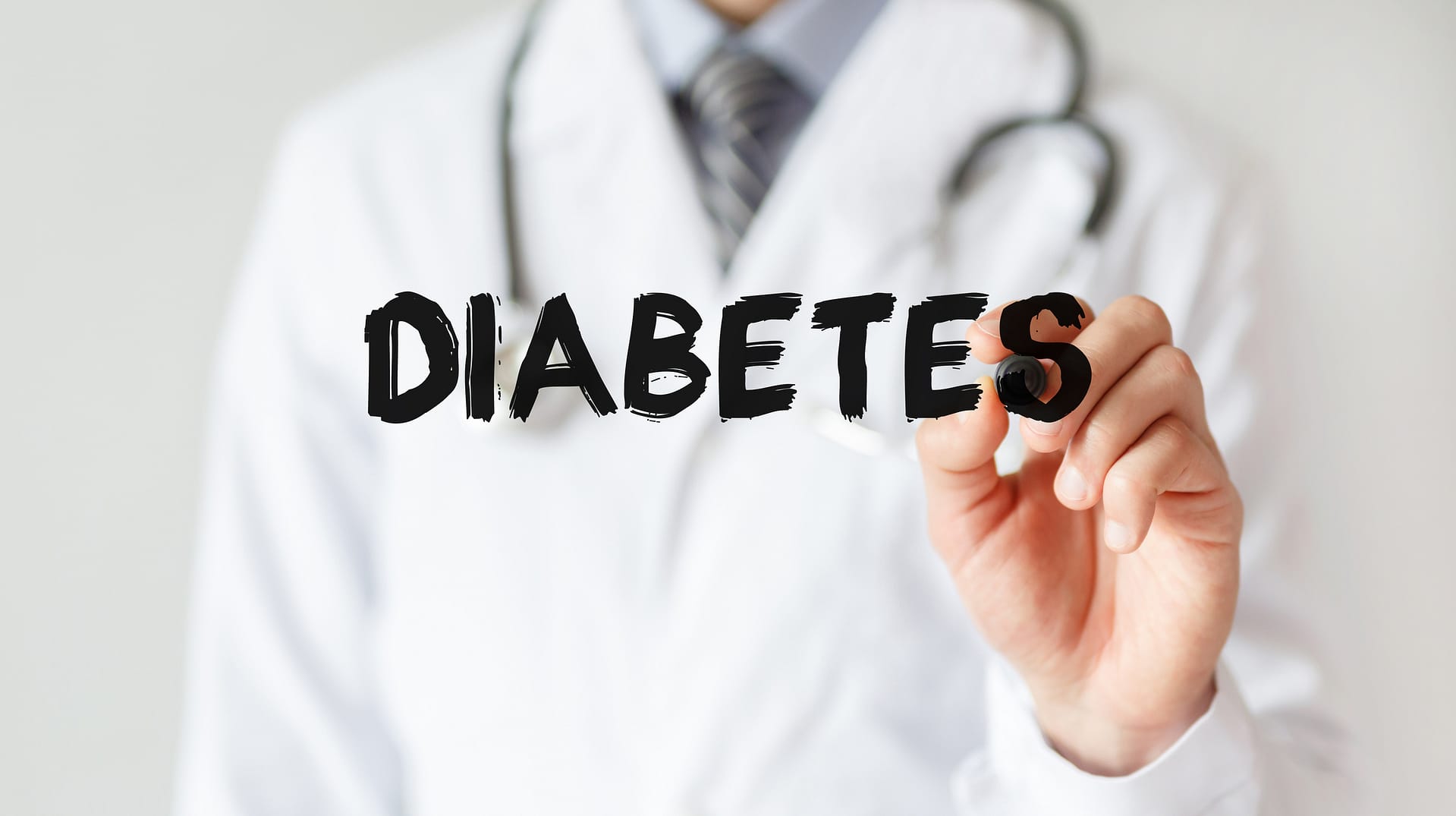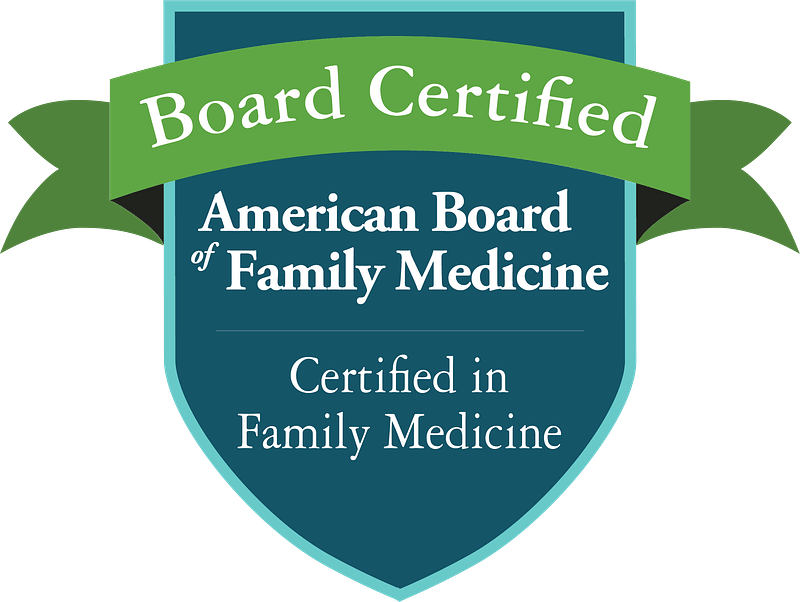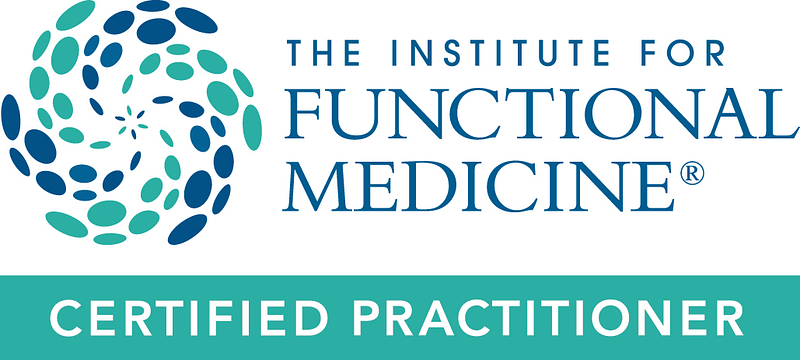In the January 1, 2003 issue of the Journal of the American Medicel Association (JAMA), statistics from the Centers for Disease Control and Prevention (CDC) revealed that the incidence of diabetes in the United States is is increased by 61 percent since 1991. An estimated 17 million Americans (6.2 percent of the population) now have diabetes. Alabama had the highest rate of diagnosed diabetes (10.5 percent) and Minnesota the lowest (5.0 percent). North Carolina came in slightly above the national avergae at 6.4 percent, with 36 more million North Carolinians at risk for developing diabetes. CDC Director Dr. Julie L. Gerberding called these statistics “disturbing and likely even underestimated.”
Five to ten percent of all diabetics are Type 1 (childhood onset), while 90 to 95 percent are Type 2 (adult onset). The American Diabetes Association places the direct medical annual costs at $92 billion, with an additional $40 billion in indirect costs (disability, work loss, early death.)
Poorly managed diabetes has a serious health downside including 200 to 400 percent increase in stroke and heart attack risk, a sixty percent occurance of high blood pressure, and blindness of an estimated 12,000 to 24,000 people. In addition, in 1998 nearly 100,000 people were on kidney dialysis or had a kidney transplant due to diabetes, 82,000 amputations are performed annually on U.S. diabetics, and peridontal disease is prevalent in diabetics.
Well-managed diabetes need not result in these complications. A diagnosis of diabetes need not seal your fate.












